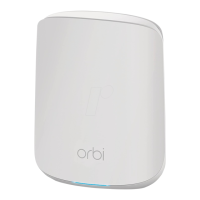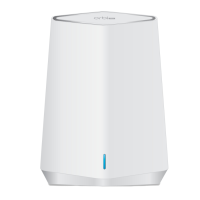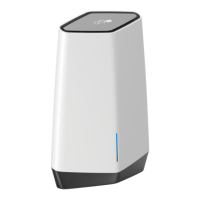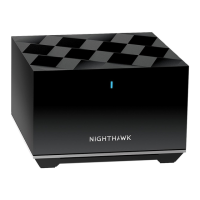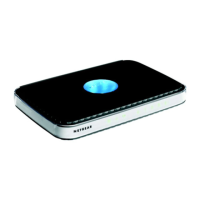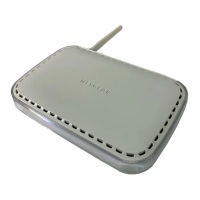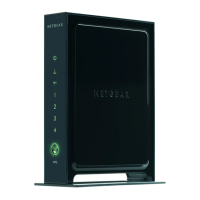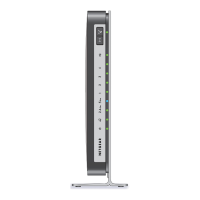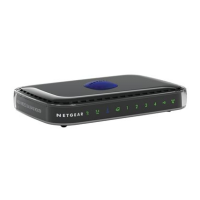Wireless-N 150 ADSL2+ Modem Router DGN1000 User Manual
3-9 Protecting Your Network
v1.1, January 2010
The settings are:
• Service. From this list, select the application or service to be allowed or blocked. The list
already displays many common services, but you are not limited to these choices. Use the Add
Custom Service button in the Services screen to add any additional services or applications
that do not already appear.
• Action. Choose how you want this type of traffic to be handled. You can block or allow
always, or you can block or allow according to the schedule you have defined in the Schedule
screen.
• LAN Users. These settings determine which packets are covered by the rule, based on their
source LAN IP address. Select the option that you want:
– Any. All IP addresses are covered by this rule.
– Address range. If this option is selected, you must fill in the Start and Finish fields.
– Single address. Enter the required address in the Start field.
• WAN Users. These settings determine which packets are covered by the rule, based on their
destination WAN IP address. Select the option that you want:
– Any. All IP addresses are covered by this rule.
– Address range. If this option is selected, you must fill in the Start and Finish fields.
– Single address. Enter the required address in the Start field.
• Log. You can select whether the traffic will be logged. The choices are:
– Never. No log entries will be made for this service.
– Always. Any traffic for this service type will be logged.
– Match. Traffic of this type that matches the settings and action will be logged.
– Not match. Traffic of this type that does not match the settings and action will be logged.
Order of Precedence for Rules
For any traffic attempting to pass through the firewall, the packet information is subjected to the
rules in the order shown in the Rules table, beginning at the top and proceeding to the default rules
at the bottom. In some cases, the order of precedence of two or more rules might be important in
determining the disposition of a packet.
As you define new rules, they are added to the tables in the Firewall Rules screen, as shown in the
following figure:
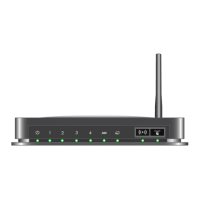
